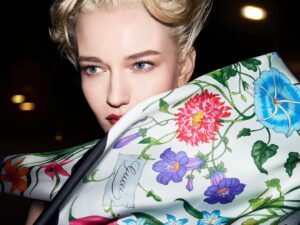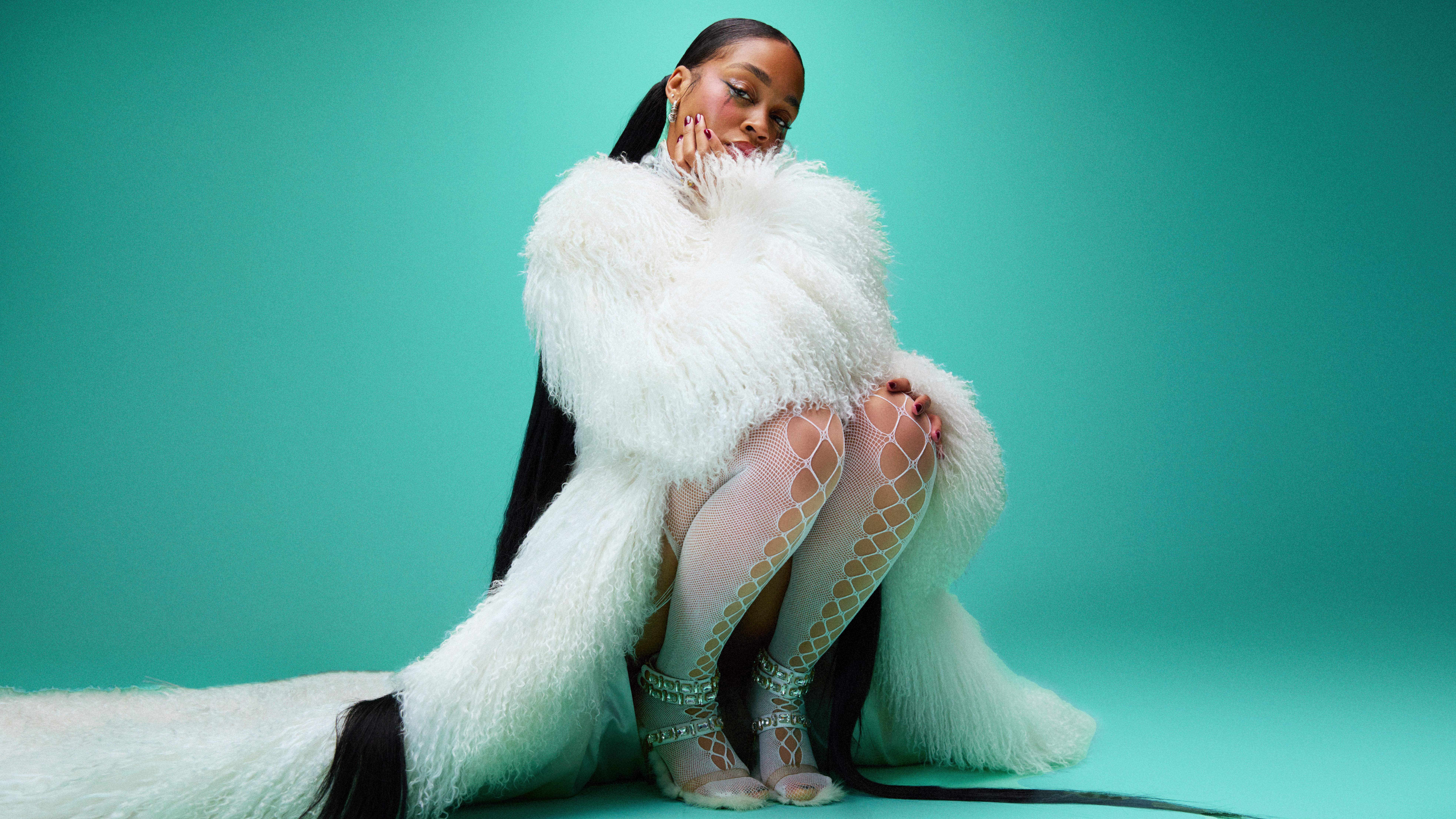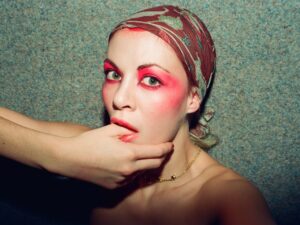“Why the unknown is so scary?” I was trying to understand that question through my collection and came to a conclusion, which isn’t maybe a definitive answer, maybe more of a suggestion…
Sólveig Hansdóttir is part of those character whom I strongly am attracted to. After discovering her work last during the Central Saint Martins MA graduation digital showcase, I immediately grew an interrest toward her creations. Seeing her name, more recently, as part of the digital London fashion week program, Dicovery Lab brought her art back into the center of my attention. She kindly accepted to have a discussion with me about her singular design process and her newest collection “Urgent experiments on reality!”
Meeting Sól confirmed the image of her I had in mind. A unique and breathtakingly creative person. Visually, she screams “I’m an artist” and talked me through her work in the most captivating way. Speaking with her hands, jumping from one topic to another, guiding me through her thoughts, projecting her creativity everywhere.
If Hansdóttir‘s collection concepts are very thoughtful and deep, she makes them approachable to each and everyone. Far from having an elitist vision of the art world – or the fashion industry- she questions existence and gives us her answers under the shape of spiraling garments crafted with utmost simplicity in her Icelandic family farm. She reuses, recycles, re-employs every materials or techniques that she can find in her surrounding and give it back to us, amazingly condensed.








